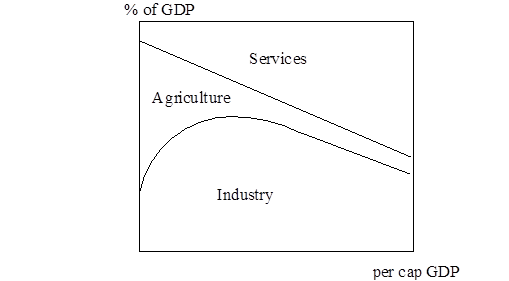Macro-economy - POLES
| Corresponding documentation | |
|---|---|
| Previous versions | |
| Model information | |
| Model link | |
| Institution | JRC - Joint Research Centre - European Commission (EC-JRC), Belgium, http://ec.europa.eu/jrc/en/. |
| Solution concept | Partial equilibrium (price elastic demand) |
| Solution method | SimulationRecursive simulation |
| Anticipation | Myopic |
In POLES key macro-economic assumptions are exogenous: population and growth if GDP per capita. Information comes from external sources: population usually from the UN Population Prospects (latest: the 2012 revision), GDP information from international sources (IMF, MIT, CEPII, national and regional estimates, ..). The consistency between population and income assumptions is checked.
An on-going work will allow connecting POLES to the macro-econometric model MAGE (CEPII) through the use of an "energy factor" in the MAGE production function, allowing to use a more dynamic relation between GDP and energy.
The key marco-economic assumptions are then derived into sectoral economic activity variables:
- sectoral value added depend on the level of development of the country / region, given by the GDP per capita;
 Figure 1. Share of value-added as a function of GDP per capita
Figure 1. Share of value-added as a function of GDP per capita
- industrial physical production depends on demand, which is itself depending on the level of development;
- mobility (for passengers and for goods) depends on the cost of transport compared to income, and is declined in equipment rates, degree of utilisation of this equipment, etc.. ;
- building surfaces depend on households size (cohabitation) and surface per dwelling, both depending on personal income.
All variables also depend on historical data, that capture local specificities.